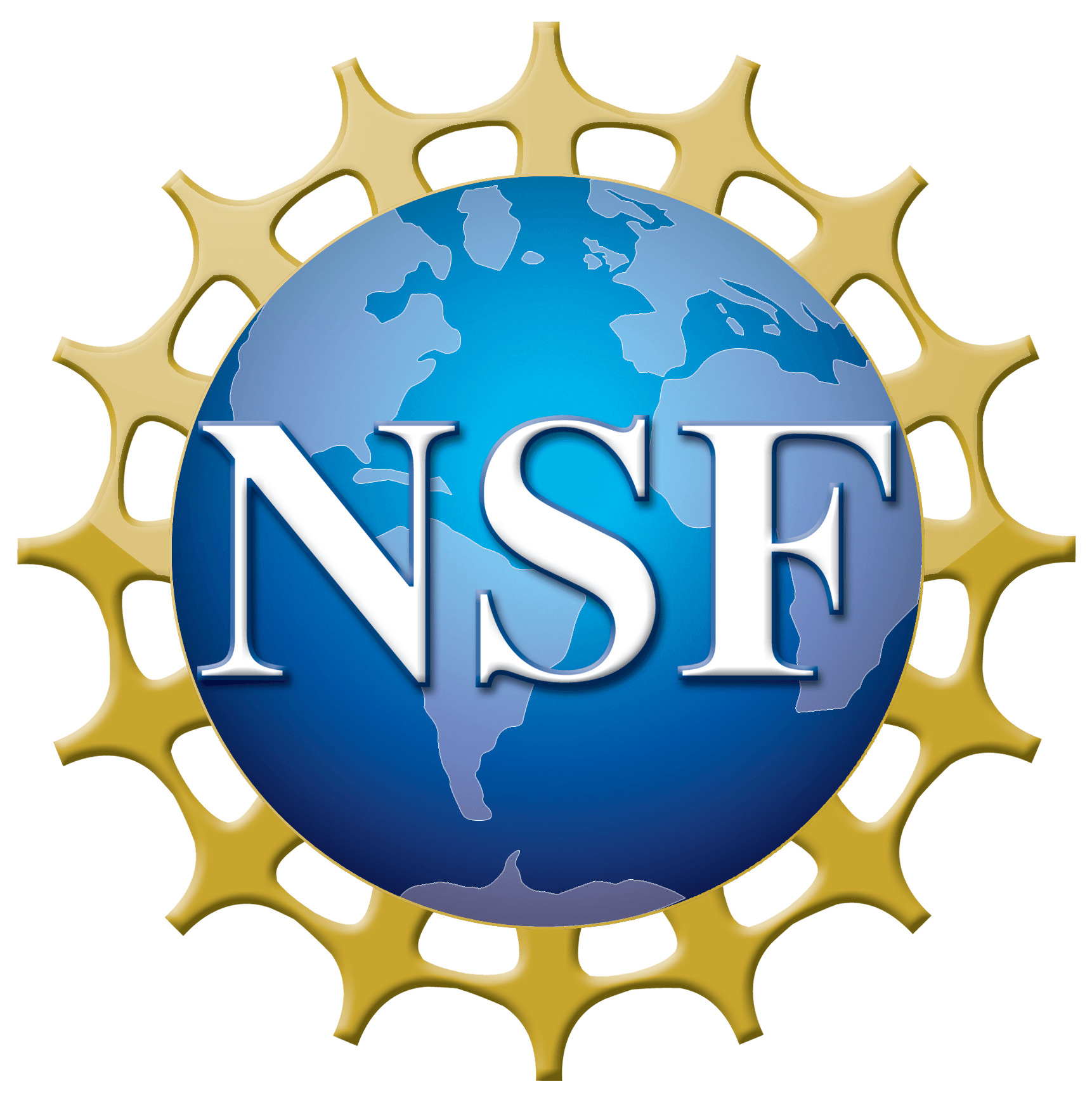Question: If I were to build a 146 meter tall pyramid on the surface of Io, what material(s) would…
Select :
AsteroidsBlack HolesCareers in AstronomyCelestial EventsCometsConstellationsCosmic DistancesCosmic Microwave BackgroundCosmologyExoplanetsGalaxiesGravity WavesHoaxesMoonPhysicsPlanetsRadio AstronomyScientific MethodSETISolar SystemSpace ProbesStarsSunTelescopesUnexplained Celestial Observations
Did Our Solar System Originally Include a Fifth Gas Giant?
Question: Read an article that researchers at the University of Toronto believe that Jupiter in the solar system early…
How Many Earths Can Fit in the Volume of the Milky Way?
Question: How many earths can fit in one galaxy and if the earth were about the size of galaxy…
Why is the New Horizons Spacecraft Slowing Down?
Question: Why is New Horizons slowing down? I check it on line every day and its speed is constant….
Does the Sun’s Rotation Speed Dictate the Orbital Speed of the Planets?
Question: Are the planets orbiting the sun at the same speed as the sun revolves on its axis? Or…
What Are Those Two Bright Lights on the Western Horizon?
Question: On July 15, 2015, observing from Las Vegas, Nevada, there are 2 objects (Low) in the Western sky….





